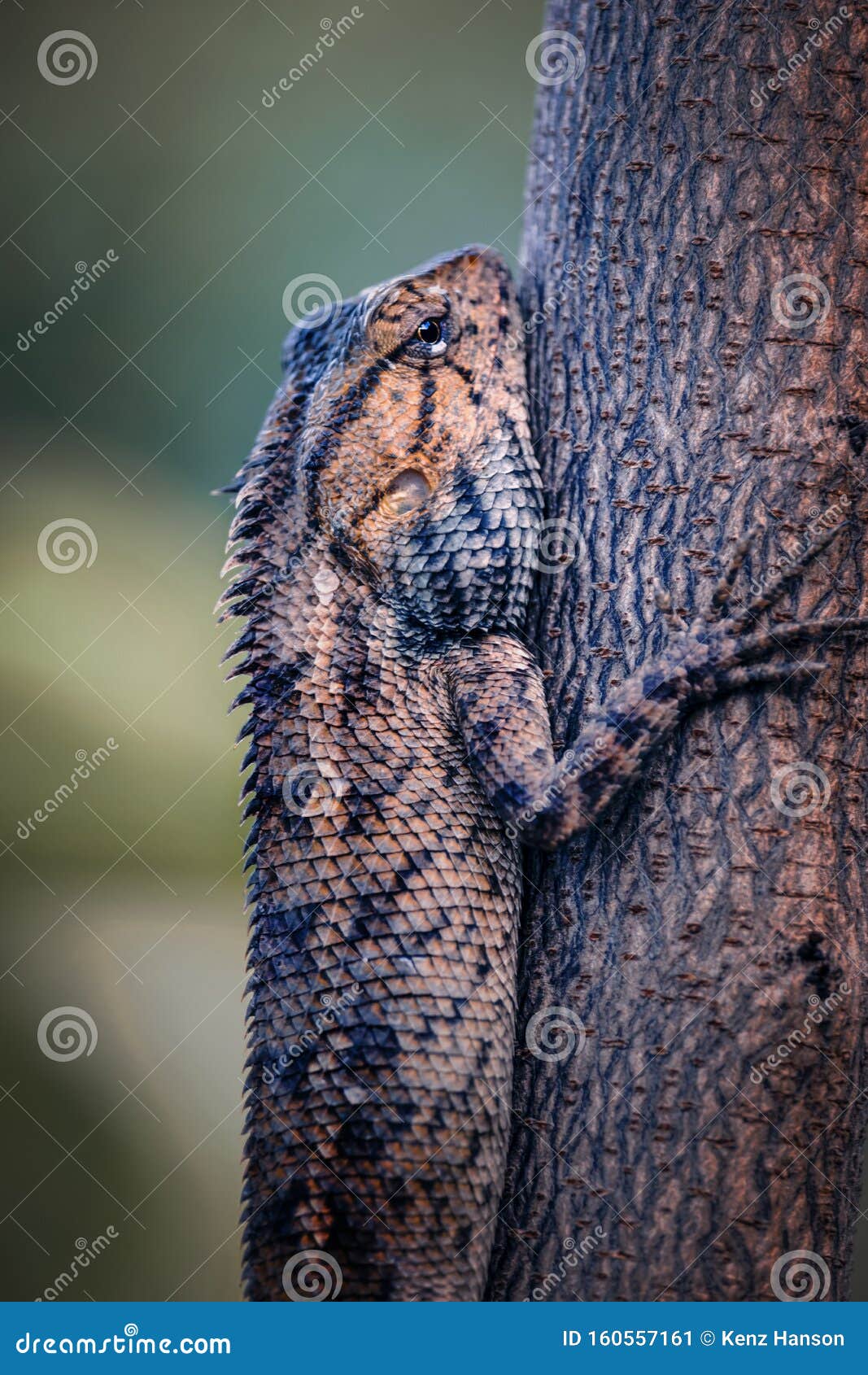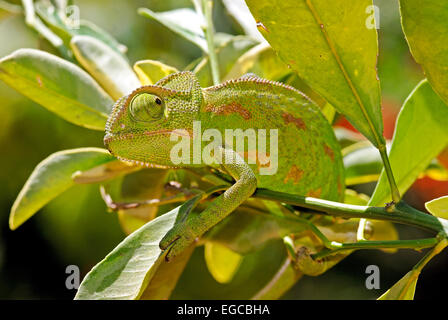

" Off Like a Shot: Scaling of Ballistic Tongue Projection Reveals Extremely High Performance in Small Chameleons." Scientific Reports, vol. Known as 'iridophores', the subsurface crystals are key to a chameleons color. " Eye Movements in Chameleons are Not Truly Independent - Evidence from Simultaneous Monocular Tracking of Two Targets." Journal of Experimental Biology, vol. " Colour Change on Different Body Regions Provides Thermal and Signalling Advantages in Bearded Dragon Lizards." Proceedings of the Royal Society B: Biological Sciences, vol. " Photonic Crystals Cause Active Colour Change in Chameleons." Nature Communications, vol. " Rivaling the World's Smallest Reptiles: Discovery of Miniaturized and Microendemic New Species of Leaf Chameleons (Brookesia) from Northern Madagascar." Plos ONE, vol. In basic terms the researchers of the new study explain that the tiny iridescent crystals allow chameleons to act. " Taxonomic Checklist of Chameleons (Squamata: Chamaeleonidae)." Vertebrate Zoology, vol. Known as 'iridophores', the subsurface crystals are key to a chameleon's color. Photonic crystals cause active colour change in chameleons.

Teyssier J., Saenko S.V., van der Marel D.
CHAMELEON CAMOUFLAGE SKIN
By contrast, when the male chameleon wants to attract a female or challenge a competitor stretches the skin and guanine nanocrystals are separated and reflected light red or yellow.

Fawn Creek Township is in Montgomery County. When the chameleon is in relaxation guanine nanocrystals form a dense mesh and reflected light blue. Fawn Creek Township is located in Kansas with a population of 1,618. This process occurs within a couple of minutes and is fully reversible.Īccording to the researchers, complex and rapid variations of chameleons color are due chameleons shift colour through active tuning of a lattice of guanine nanocrystals within a superficial thick layer of their skin. In other words, one could say that chameleons have “a crystal dress”. According to Russian state media the camouflage can. Male chameleons vary their colors from bright oranges and reds to yellows and brilliant blues in bold stripes or striking spots to impress females. During mating season, male chameleons often show off for females by turning their skin bright colors.

Skin on chameleons is shed and regrows as they grow. One of the most important functions of a chameleon's color-changing skin is communication. Unless an exhibit animal protection act or an animal research act authorizes it, it is illegal to keep this species. When chameleons’ skin is hit with light, their cells appear different depending on their mood. The results of the research, based on the study of Panther Chameleon (Furcifer pardalis), indicate that although chameleons of both sexes and all ages can strongly modulate the brightness of the skin, for example in response to stress, adult males are additionally characterized both by exceptionally large intraspecific colour variation (with various combinations of white, red, green and blue skin) and their ability to rapidly change colour (hue). Indeed, when encountering a male competitor or a potentially receptive female, a mature male panther chameleon can shift the background colour of its skin from green to yellow or orange, whereas blue patches turn whitish and red becomes brighter with less conspicuous hue modifications. The camouflage, developed by Russian defense contractor Rostec, will be shown off at this week’s Army-2018 defense exposition in Moscow. The chameleon’s natural camouflage ability masks a variety of layers of skin. The research team of Laboratory of Artificial & Natural Evolution, University of Geneva, led by Michel Milinkovitch, published this year in the Nature Communications Journal their latest findings on the dynamic color change of chameleons.


 0 kommentar(er)
0 kommentar(er)
